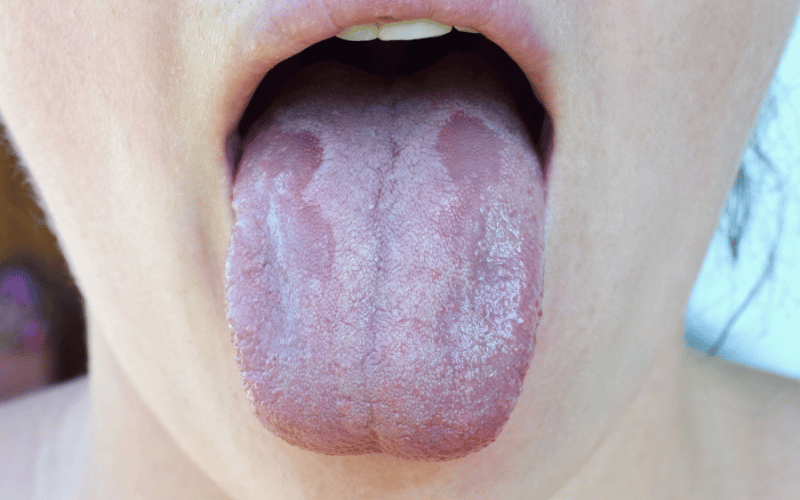Introduction: A Spotlight on Oral Thrush and Its 10 Major Symptoms

When it comes to health, often the most overlooked aspect is oral care. We brush, we floss, but do we really pay attention to what’s going on inside our mouths? Enter oral thrush, or as it’s medically known, oral candidiasis. A fungal infection that can take hold in various parts of the mouth, oral thrush doesn’t just disrupt daily routines; it could be indicative of broader health issues. Hence, it’s crucial to recognize the signs early on, especially since many people overlook or misunderstand them.
If you’ve ever wondered whether those white patches or a lingering sore throat might be more than just a passing concern, you’re not alone. Oral thrush can be elusive, manifesting in ways that often resemble other conditions. It can impact anyone, from infants to the elderly, and knowing its symptoms is the first step to nipping the problem in the bud. This article aims to shine a light on 10 major symptoms you need to be aware of, whether for you or your loved ones.
However, it’s essential to underline that while this article serves as an educational guide, it should not replace medical advice. If you’re dealing with persistent symptoms, consult a healthcare professional for an accurate diagnosis and a tailored treatment plan. Keep in mind that oral thrush can be a sign of other health complications, including but not limited to immune system disorders, diabetes, or even certain medications.
Now, we’ve all heard that knowledge is power, but in the realm of oral health, it’s more than that—it’s your first line of defense. With this article, you’ll have the arsenal you need to recognize the symptoms of oral thrush early, so you can take action without delay. We will delve into each symptom in detail, from white patches to bad breath, and discuss when and why it’s vital to consult a healthcare provider for each.
So let’s cut to the chase. The following sections will detail the top 10 symptoms of oral thrush, giving you the in-depth information you need to take charge of your oral health. Stay tuned.
1. White Patches: The Telltale Sign of Oral Thrush

White patches are often the first symptom people notice when dealing with oral thrush. These aren’t your garden-variety, temporary milk residues in a baby’s mouth. They are persistent white or cream-colored patches that firmly stick to the oral tissue, unlike something you could easily wipe away.
These patches are colonies of the Candida fungus, the culprit behind oral thrush. When they appear on your oral tissues, they disrupt the normal balance of bacteria and yeast in the mouth. Here’s where it gets fascinating: these patches aren’t just confined to the tongue or inner cheeks. They can sprout on the roof of your mouth, the back of your throat, and even your tonsils.
You might wonder why these white patches appear in the first place. They often surface when your immune system is weakened, or your oral hygiene has dipped below standard. Ironically, the overuse of mouthwashes and antibiotics can throw off the balance of your oral microbiome, creating a perfect environment for Candida to thrive.
What’s more, these patches can sometimes bleed when scraped, adding an unpleasant twist. If these patches aren’t dealt with early, they can harden and form plaque-like structures, leading to further oral complications.
While they might seem innocuous, these white patches serve as both a signal and a symptom. They highlight an imbalance in your oral ecosystem that requires correction, lest it escalate into a full-blown yeast infection. (1)